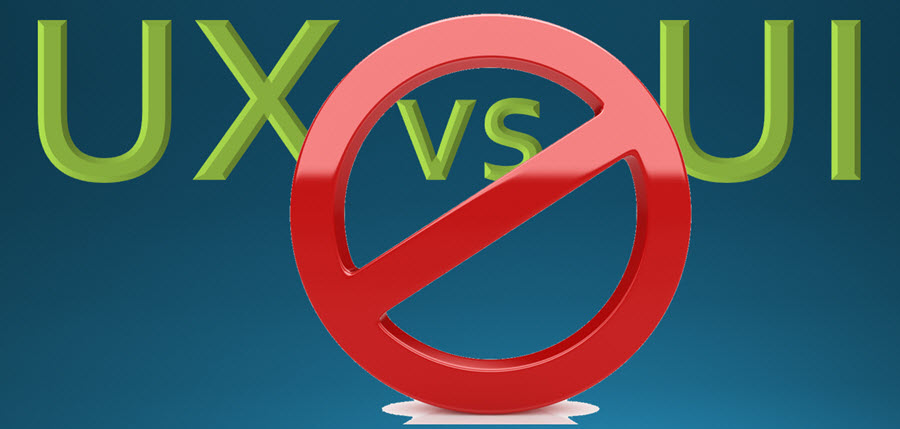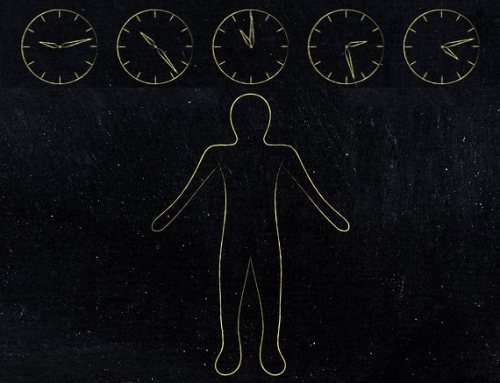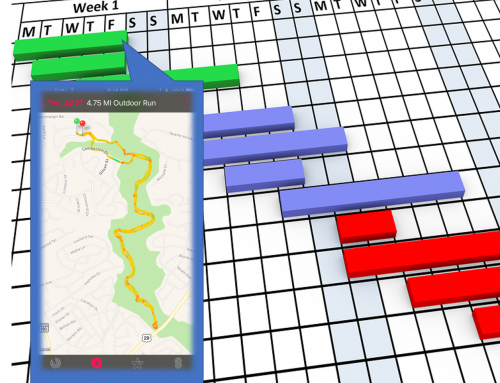No! Yet another [infographic / article / explanation] on what the true difference is between UX and UI design, or between UX and UI development, or between UX design, UI design and UX/UI design. Or between UX development, UI development and UX/UI development. Gah! It can make your head spin.
Sure UI means user interface – often a screen based interface that a user interacts with. And UX means user experience – it’s the experience that a user has using the UI. Sounds simple enough, but when these two-letter acronyms appear in a job title, things get much more complicated.
After seeing the infographics, the articles, and a number of emailed and verbal requests to explain the difference, I decided to check out what the marketplace is like.
Preliminary ad-hoc investigation
- Searched within top ten markets for UX work, as defined by Onward Search
- Selected the first web/mobile jobs that came up using Indeed for each market that had the titles: UX Designer, UI Designer, UX Developer, UI Developer, UX/UI Designer and UX/UI Developer (where UX/UI could be in either order) – 10 with each job title, for a total sampling of 60 job postings.
- Reviewed desired skillsets against those that matched career pathways included in the UX Careers Handbook
Skillsets Identified at least 5 times in these job postings
- Interaction Design (IxD) Skills: Create wireframes, design prototypes, advocate for users and use knowledge of users to make sure that design is going to be usable by the intended audience. May include basic HTML and CSS knowledge sufficient to create interactive prototypes.
- Visual Design Skills: Create polished, attractive and usable design through use of color, imagery, space, and typography in a way that will be most understandable and appreciated by the intended audience; transform low-fidelity interaction design concepts into high-fidelity designs that illustrate how the end product should appear to users.
- User Research: Use a variety of research and evaluation techniques to understand needs and experiences of product users: what their attributes are, how they use existing or similar products, what they want in a future product, and how they are going to be able to use the new product.
- Development: Create actual web and mobile products through significant coding knowledge and skills.
Summary of findings: UI, UX and UX/UI Design
UI, UX and UX/UI seem to be fairly interchangeable when combined with the word “design” in job titles.
- Interaction design, user research and visual design skills are frequently requested among all of these job titles.
- Interaction design is a core skill across these job titles and appeared in 87% of the jobs reviewed.
- Visual design skills are often included in these job titles and appeared in 60% of the jobs reviewed.
- User research skills are included about half the time in the jobs reviewed.
- Development skills were least represented among these design job titles appearing only 30% of the time, but these skills appeared more frequently in UX/UI design jobs than in either UX design or UI design jobs.
Summary of findings: UI, UX and UX/UI Developer
- “Developer” in the job title means development skills (appearing 97% of the time) regardless of whether UX, UI or UX/UI is included in the title as well.
- None of the “UI Developer” jobs reviewed had any UX skillsets included in the job description.
- Interaction Design skills were often included when “UX” appeared in the job title, and “Developer” appeared 60% of the time across “UX Developer” and “UX/UI Developer” job titles.
- Visual design was occasionally included when “UX” appeared in the job title, and user research only appeared once.
Implications for employers and recruiters
Carefully consider your job titles. While you want to make sure that you have the right keywords such that jobseekers find your jobs, you also don’t want a job title that is so general that it forces you to spend a lot of time trying to decipher which candidates are really a good match for what you are looking for.
Consider using more specific job titles, such as “Interaction designer” or “Visual designer,” although certainly use “UX” and “UI” in the job description as appropriate to refer to the user experience and the user interface.
Even if the job description has multiple skillsets embedded within it, carefully consider which ones are the most salient and necessary, and articulate this in your description. You may also want to explain what percentage of the time a new hire may expect to spend doing various types of work.
And finally, be aware that the more skills you require, the harder it is going to be to find your perfect candidate who is well versed in multiple related but separate areas.
Summary of skillsets represented by job title
UI Designer (n=10)
- IxD + Visual = 4
- IxD + Visual + Research = 2
- IxD + Research = 2
- Visual =1
- Development = 1
UX Designer (n=10)
- IxD + Research = 4
- IxD + Visual + Research = 2
- IxD + Visual = 2
- IxD + Visual + Development = 1
- IxD + Research + Development = 1
UX/UI Designer (n=10)
- IxD + User Research = 2
- IxD + Development = 2
- Visual + Development = 2
- IxD + Visual + Research + Development = 1
- IxD + Visual + Research = 1
- IxD + Visual + Development = 1
- IxD + Visual = 1
UI Developer (n=10)
- Development = 10
UX Developer (n=10)
- Development = 4
- IxD + Visual + Development = 2
- IxD + Development = 2
- IxD + Visual + Research + Development = 1
- IxD = 1
UX/UI Developer (n=10)
- IxD + Development = 5
- Development = 4
- IxD + Visual + Development = 1








